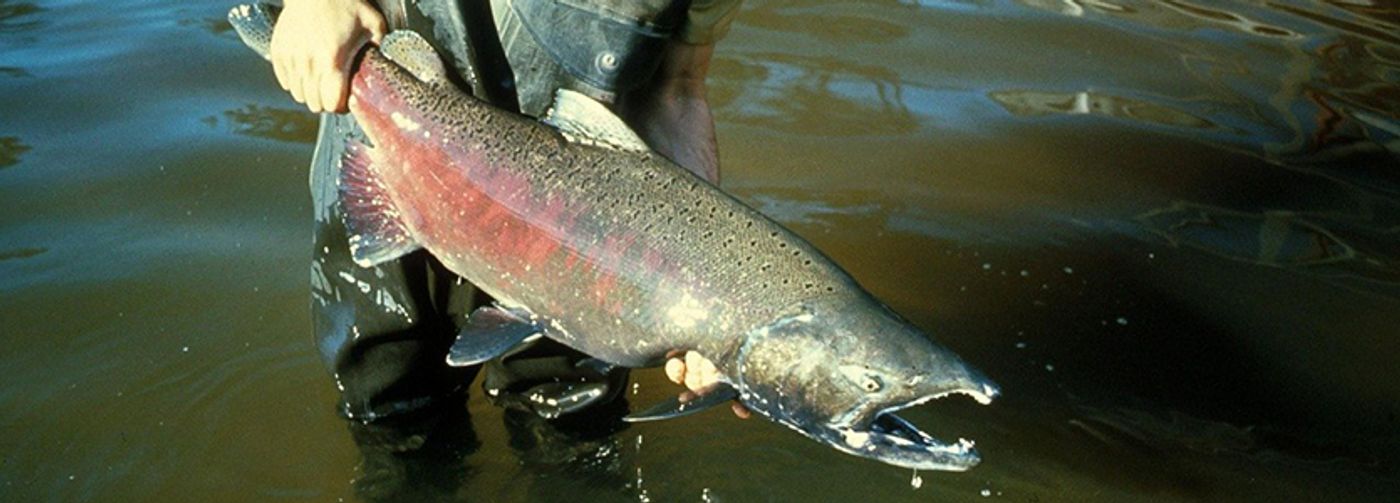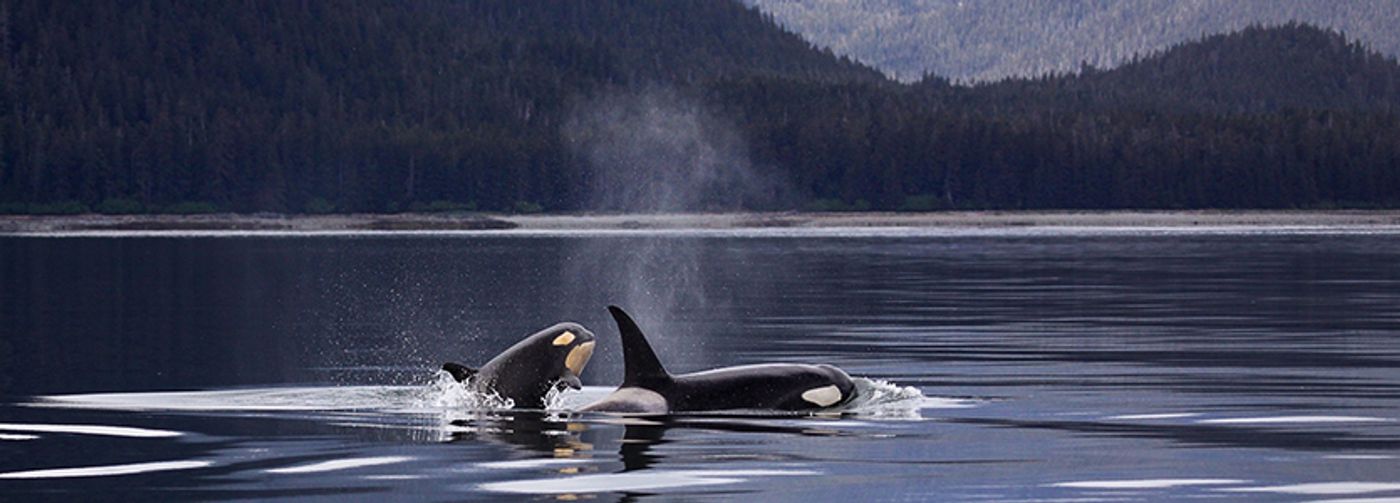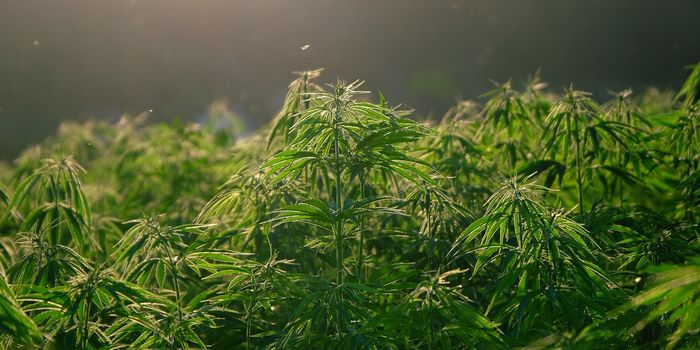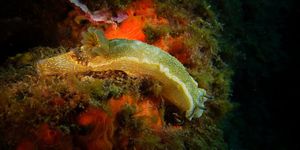Study Highlights Importance of Chinook Salmon to Endangered Orcas
Many issues plague the iconic orcas of the Pacific Northwest United States, including declining salmon populations. The endangered southern resident orcas of this region are closely tied to salmon and are believed to be heavily impacted by salmon availability declines. A recent study helmed by Brad Hanson at the Northwest Fisheries Science Center of the National Oceanic and Atmospheric Administration (NOAA) revealed what the southern resident orcas likely eat throughout the year. It was no surprise to the team that Chinook salmon is a vital component of these whales' diets.
How did scientists gather information about southern resident orcas' diets? According to the Associated Press, the team collected 150 fecal and prey samples from the whales from 2004 to 2017. The AP reports that the team then analyzed the DNA of the fecal samples and salmon scales and other prey remains found floating at the water's surface.
These analyses showed that the southern resident killer whales mainly prey on Chinook salmon during the summer. According to the AP, Chinook salmon is fattier with higher nutritional value to the whales. The rest of the year, their diet is more diversified with skates, halibut, and lingcod in addition to steelhead, chum, and coho salmon. From Central California to Alaska, Chinook salmon remains a diet staple for this endangered group of 74 whales.
According to NOAA, the southern residents spend summer in the Salish sea, feeding mainly on Chinook salmon from rivers entering Puget Sound. During fall and winter, the K and L pods move to the outer coast and feed along Washington, heading as far south as central California. There they feed on salmon from the Columbia River area, which is supplemented with hatchery fish. The J pod remains inland and along the coast of Vancouver Island, feeding on a mix of salmon from the west coast rivers.
NOAA reports that the northern resident killer whale population, which consists of about 300 whales, likely poses competition to the southern residents. Some salmon stocks pass through the northern resident range before reaching the southern residents. Additionally, NOAA states that prior research revealed that northern resident whales prey on larger and older salmon, which were not found in this diet analysis for the southern resident whales.
Based on this study's results, NOAA recommends conservation efforts to increase the availability of Chinook salmon during non-summer months to support the southern resident killer whales. According to the study, southern resident killer whale diet studies should continue to understand how these whales react to the limited availability of their preferred prey—Chinook salmon.










